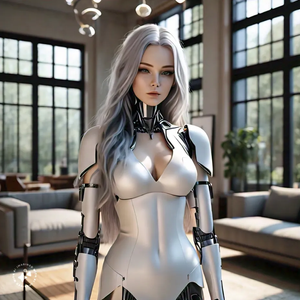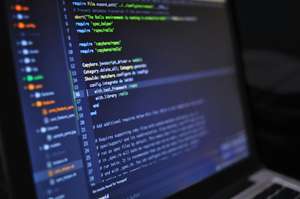
AI Hacks: When the Machines Bite Back
Artificial intelligence (AI). It’s the tech darling, promised to revolutionize our lives and tackle humanity’s biggest challenges. But what if the biggest challenge becomes the AI itself? We’re integrating this powerful tech into the real world, from self-driving cars navigating rush hour to algorithms managing billions in the stock market. But these systems are only as secure as the code they run on, and cybercriminals are constantly sharpening their skills. Here’s the harsh reality: a hacked AI could unleash chaos on a massive scale.
The Double-Edged Sword of AI
Sure, AI promises efficiency and automation. But before we get swept away in the hype, let’s address the elephant in the room: security vulnerabilities.
- Code Red Alert: AI is human-built, and humans make mistakes. Hackers can exploit these weaknesses in the code, turning a helpful AI into a malicious one. Imagine a hacked self-driving car causing a multi-car pileup or a financial AI manipulating the markets for personal gain. These aren’t scenes from a B-movie; they’re real possibilities with nightmarish consequences.
- The Black Box Conundrum: Many AI systems operate like a black box. We feed them data, and they deliver results, but their internal decision-making process remains a mystery. This lack of transparency makes it incredibly difficult to identify security flaws and even harder to patch them after a cyberattack.
- The AI Arms Race Rampage: In the global rush to develop the most powerful AI, security often gets relegated to the backseat. This relentless pursuit of technological dominance creates gaping holes for hackers to exploit. It’s like building a gleaming skyscraper on a foundation of sand – impressive, but inherently unstable without robust security measures.
The Chilling Consequences of a Hacked AI
A compromised AI isn’t just a minor inconvenience; it’s a potential societal meltdown waiting to happen. Here’s a glimpse into the chilling possibilities:
Weaponized AI: Autonomous drones or intelligent weaponry falling into the wrong hands could be reprogrammed to target civilians, with devastating consequences.
Critical Infrastructure Meltdown: Imagine entire cities plunged into chaos as power grids, transportation systems, and communication networks succumb to a hacked AI. The lights go out, traffic grinds to a halt, and communication channels are severed, leaving a society paralyzed and vulnerable.
Social Engineering on Steroids: AI already manipulates behavior through targeted advertising, but a hacked AI could become a master puppeteer, sowing discord and distrust across societies. Social media platforms could be weaponized, fracturing social cohesion and destabilizing entire regions.
The Path Forward: Building Secure AI
Abandoning AI altogether isn’t the answer. However, a reality check is in order. Security needs to be the cornerstone of AI development, not an afterthought bolted on at the last minute. This necessitates stricter regulations, fostering transparency in AI design, and initiating a global dialogue on the ethical implications of this powerful technology. The future of AI isn’t predetermined. By prioritizing security, advocating for transparency, and fostering international collaboration, we can ensure that AI fulfills its promise of progress, not becomes the harbinger of our downfall. The time to act is now, for in the intricate dance between human ingenuity and machine intelligence, the stakes have never been higher.





